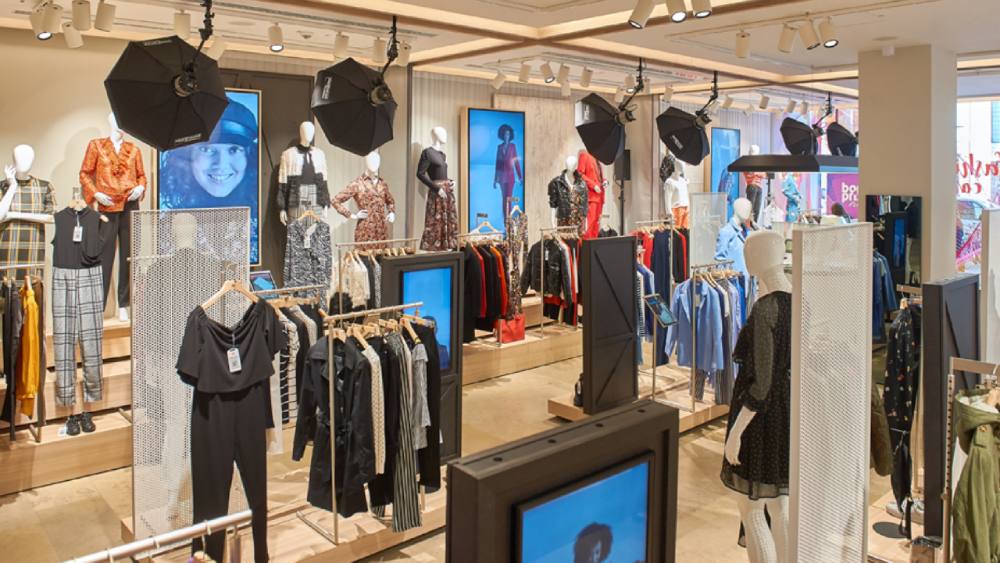What human activity uses the most water worldwide?
To live, every life on Earth must burn through the water. Everyone relies on massive water measures to go about their daily lives and what human activity utilises the most water worldwide.
Semiconductors power cell phones and similar devices. Vehicles that transport people over long distances. For example, the paper that regulates each business all expects the water to create. Furthermore, that is simply a foreshadowing of something far more substantial! Water touches nearly everything that people interact with daily, from eating to working to transportation and everything in between.
What human activity uses the most water
Farming, somewhat unsurprisingly, places greater pressure on the world's limited water resources than other human activities. According to precise estimates, a whopping 70% of all freshwater on the planet is used for agriculture. Because freshwater accounts for just 2.5% of the world's water supply, agribusiness is more than simply a burden on the water supply - it's a massive slice of a bit of pie.
The agriculture industry has been aware of the impact of its activities for quite some time. And has put in place steps to control its water use. Water system frameworks that are more advanced and dry season yields that are more open-minded. And dry farming is all agricultural options that reduce the business's need for water, nonetheless, given the estimate that the global population would expand to over 10 billion people by 2050. Water-saving strategies may not be adequate.
Ranchers take out advancements to limit water while a more substantial, more reliable source is created. That timetable results in watering during periods when disappearing and water misfortune are minimised. These advancements can save up to 80% more water than traditional water system techniques. Furthermore, ranchers are limiting the amount of water used with each crop irrigation. And how frequently crops are irrigated every day.
What human activity uses the most water in homes?
While the typical person isn't growing (even though they reap the benefits of producing every day), one great area at home consumes a lot of water: flushing the toilet.
Latrine flushing consumes more water than everything else in a typical home. Even though a difficult home movement reduces water use, there are fundamental deceptions that might decrease the number of freshwater your home's restrooms require from the worldwide water supply. If you have a house, install a high-efficiency or double-flush toilet to conserve water. High-efficiency toilets are helpful for water conservation since they use a fraction of the water that regular bathtubs do. If you rent your property, be sure that the water in your toilet never exceeds the water line marker.
Taking action to save water at home
Fighting the global water crisis on a large scale is essential, yet the aggregate action to effect change on a worldwide scale may take a very long time to do correctly. Horticulture, for example, is one of the industries that use the most water and has a steadily growing effect on social orders all over the world. While several commendable efforts are underway to reduce this water usage without jeopardising the world's food supply, a larger, far-reaching solution remains a long way off.



